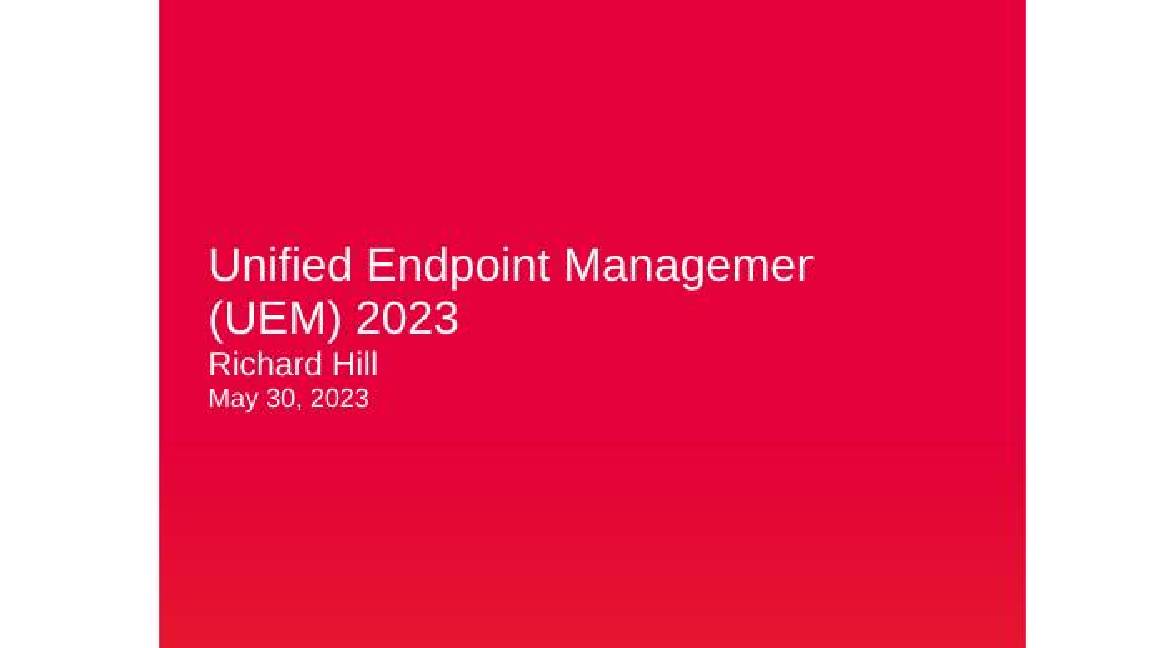PDF vulnerabilities hit all time high
Attackers are increasingly using maliciously-created documents to take advantage of flawed reading software.

The number of exploits targeting flaws in PDF-reading software are now at an all time high.
The IBM's mid-year X-Force security report said that the amount of "veiled" exploits disclosed in the first half of 2009 were more than in the whole of 2008.
Adobe software has seen numerous patches and updates to fix flaws, while malware increasingly targets PDF software.
Senior technology specialist at IBM X-Force James Randell told IT PRO that there had been an "unusually" large number of attacks against systems that used documents that were deliberately "malformed". These took advantage of flaws in the PDF-reading software.
"It's a particularly interesting form of attack. It's where you have a document that basically has got embedded within it executable machine-language code," he said.
"What an attacker can do is if they construct the document in the right way, is make the reader trip over itself' internally and end up executing malicious code the attacker has embedded."
The code would then run with whatever security privilege the person using the reader had.
Get the ITPro daily newsletter
Sign up today and you will receive a free copy of our Future Focus 2025 report - the leading guidance on AI, cybersecurity and other IT challenges as per 700+ senior executives
"If they were an administrator reading a technical manual and they opened it up, then the malicious code will run with a high level of privilege and potentially do a lot of damage," Randell said.
This form of attack used social engineering techniques, such as embedding the malicious document in a fake email and sending it to a target.
-
 Bigger salaries, more burnout: Is the CISO role in crisis?
Bigger salaries, more burnout: Is the CISO role in crisis?In-depth CISOs are more stressed than ever before – but why is this and what can be done?
By Kate O'Flaherty Published
-
 Cheap cyber crime kits can be bought on the dark web for less than $25
Cheap cyber crime kits can be bought on the dark web for less than $25News Research from NordVPN shows phishing kits are now widely available on the dark web and via messaging apps like Telegram, and are often selling for less than $25.
By Emma Woollacott Published
-
 Have I Been Pwned owner Troy Hunt’s mailing list compromised in phishing attack
Have I Been Pwned owner Troy Hunt’s mailing list compromised in phishing attackTroy Hunt, the security blogger behind data-breach site Have I Been Pwned, has fallen victim to a phishing attack targeting his email subscriber list.
By Jane McCallion Published
-
 LinkedIn has become a prime hunting ground for cyber criminals – here’s what you need to know
LinkedIn has become a prime hunting ground for cyber criminals – here’s what you need to knowNews Cyber criminals are flocking to LinkedIn to conduct social engineering campaigns, research shows.
By Solomon Klappholz Published
-
 Phishing campaign targets developers with fake CrowdStrike job offers
Phishing campaign targets developers with fake CrowdStrike job offersNews Victims are drawn in with the promise of an interview for a junior developer role at CrowdStrike
By Solomon Klappholz Published
-
 Hackers are stepping up ‘qishing’ attacks by hiding malicious QR codes in PDF email attachments
Hackers are stepping up ‘qishing’ attacks by hiding malicious QR codes in PDF email attachmentsNews Malicious QR codes hidden in email attachments may be missed by traditional email security scanners, with over 500,000 qishing attacks launched in the last three months.
By Solomon Klappholz Published
-
 Rising data breach costs show no signs of slowing down, says IBM
Rising data breach costs show no signs of slowing down, says IBMNews Data breach costs continued to rise, according to IBM, and they’re taking longer to recover from
By Solomon Klappholz Published
-
 Nearly 70 software vendors sign up to CISA’s cyber resilience program
Nearly 70 software vendors sign up to CISA’s cyber resilience programNews Major software manufacturers pledge to a voluntary framework aimed at boosting cyber resilience of customers across the US
By Solomon Klappholz Published
-
 IBM: Data governance for data-driven organizations
IBM: Data governance for data-driven organizationswhitepaper Master your data management
By ITPro Published
-
 KuppingerCole leadership compass report - Unified endpoint management (UEM) 2023
KuppingerCole leadership compass report - Unified endpoint management (UEM) 2023Whitepaper Get an updated overview of vendors and their product offerings in the UEM market.
By ITPro Published